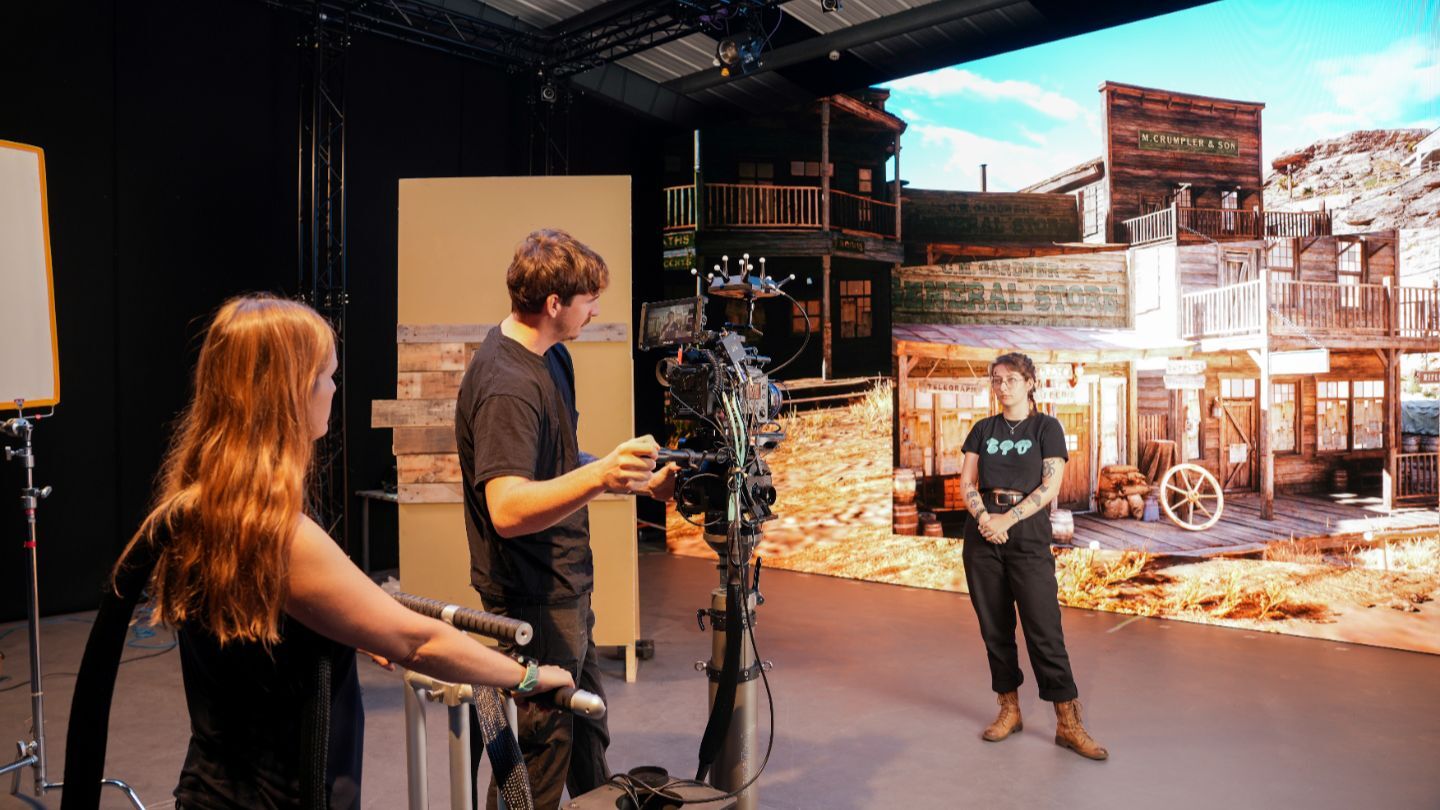From the chemical, mechanical and electrical process of creating a film, to the rise of virtual production, visual storytelling has always turned to cutting-edge technologies. Now Neural Radiance Fields (NeRF) could replace the traditional technological foundations that broadcasting and film are built upon. IBC365 speaks to leading researcher, Professor Ravi Ramamoorthi.
There is potential, according to Ramamoorthi, Director of the UC San Diego Center for Visual Computing, for “applications from games to movies to advertising and even for generative AI models that create 3D-consistent objects and videos," i.e. traditional computer graphics, to favour a drop-in replacement, across virtual production, postproduction and even sports broadcasting...
You are not signed in
Only registered users can read the rest of this article.

Multi-camera live virtual production on a broadcast budget
German broadcaster SWR claims a world first live multi-camera virtual production with potential learnings for broadcasters everywhere.

M&E predictions and analysis: “It's going to be an exciting decade”
Four top media analysts reveal their data-backed assessments of 2025, as well as their predictions for 2026 and beyond.

IBC Accelerators in review: From ideas to prototypes to blueprints for the future
IBC2025’s Accelerator cohort delivered some of the most ambitious demonstrations yet, featuring AI-driven production workflows, a radical rethinking of ultra-low latency streaming, and even live private 5G networks flying in an ultralight aircraft. IBC365 hears from a handful of projects to learn about life after the show.

Particle advice: How real is the quantum apocalypse?
While Google forges ahead with unlocking the potential of its Willow quantum computing chip, cybersecurity experts warn that further breakthroughs in the field could catch a digital ecosystem built on crypto security off guard. Adrian Pennington reports.

Content Everywhere: A look back at 2025
As the year draws to a close, it seems an opportune time to ask Content Everywhere companies for their views on the top trends in 2025. As always, key industry players have been keen to respond with comments and views on how the past year shaped up both for them and the wider industry.

.jpg)


.jpg)